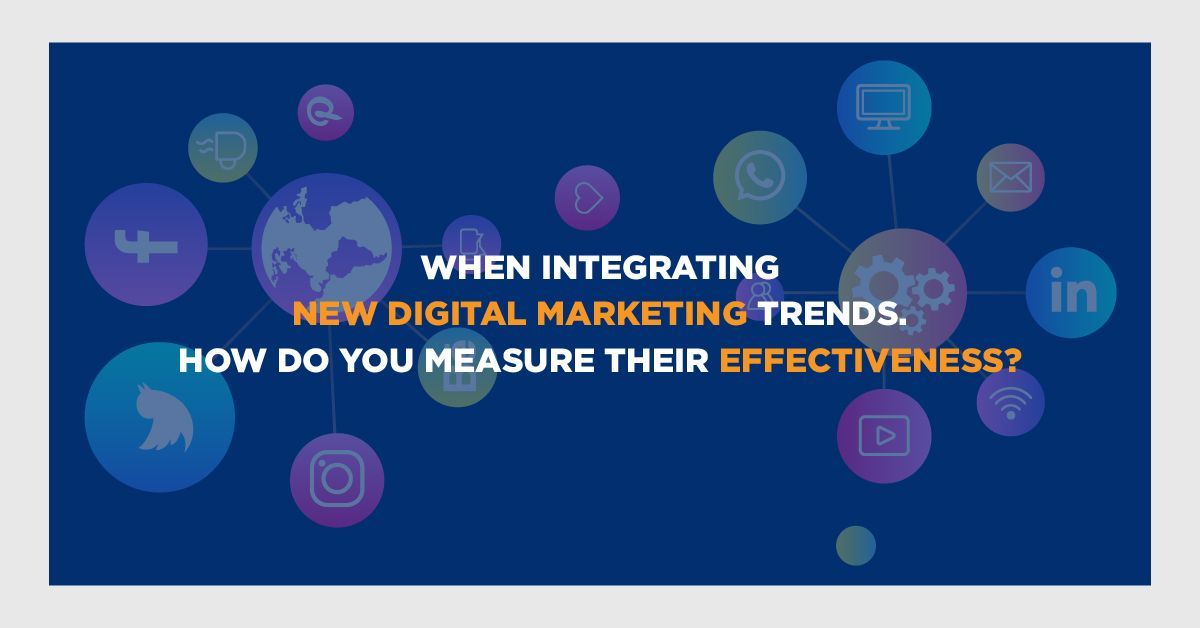Your Guide to a Successful Launch of an E-Commerce Website
November 21, 2023

Your Guide to a Successful Launch of an E-Commerce Website
In the current digital era, having an online presence is essential for companies trying to grow their clientele and increase revenue. Creating an e-commerce website is one of the best ways to reach a worldwide audience and increase sales out of all the options accessible. But developing a successful e-commerce platform needs meticulous execution, careful planning, and a thorough grasp of your target market. This roadmap is designed to support e-commerce development firms who are pursuing excellence, especially those that want to become the leading suppliers of premium e-commerce website development services.
Step 1: Clarifying Your Objectives and Vision
It's important to have a clear vision and set specific goals for your e-commerce website before getting into the technical details. What do you hope to accomplish? Is it better consumer engagement, more revenue, or brand recognition? The entire development process will be guided by an understanding of these goals.
Determining the goal of the website is not only a first step, but also an essential online store setup technique. This procedure establishes the standard for content, design, and decision-making and guarantees that all components are in line with the overarching objectives of the company. Thus, the main goal of laying the foundation for an effective and purpose-driven e-commerce platform should be to comprehend and make clear these goals.
Step 2: Analysis of Target Audience and Market Research
Comprehending your target audience and conducting thorough market research are essential. Examine your target market, rivals, and industry. What are their shopping habits, problems, and preferences? This information will enable you to properly customize your e-commerce website to your audience's needs.
Step 3: Select the Appropriate Online Store Platform
Making the correct platform choice is essential to developing a user-friendly e-commerce website for your online business. It's critical to carefully consider aspects like cost, scalability, usability, functionality, and customization possibilities.
Numerous functions are available on platforms like Shopify, WooCommerce, Magento, or custom e-commerce website development services providers. Each is designed to meet different business needs. Software for shopping carts Businesses can evaluate these platforms' varied offers to match them to the unique requirements and tastes of their customers.
Step 4: User Experience and Design
The user experience (UX) and design of your online shopping cart are crucial to its success. Make sure the website is aesthetically pleasing, easy to use, and mobile-friendly. To increase user satisfaction, place a strong emphasis on easy navigation, concise product descriptions, excellent photos, and a quick checkout procedure.
The appearance and usability of an e-commerce website determine its success. The design should encompass user-friendly navigation in addition to aesthetic appeal to give visitors an easy-to-use and hassle-free experience. High-resolution photos and succinct product descriptions combine to produce an interesting user interface that enthrall and educates potential buyers.
Step 5: Content Creation and Product Catalogue
Building your online shopping platform requires creating an extensive product portfolio. To draw in potential buyers, concentrate on building a repository that features products with excellent photos, thorough descriptions, and interesting content. To increase organic traffic, one must make investments in expert product photography and write compelling, search engine optimization-friendly content.
This method helps you create the greatest online shopping cart platform while also guaranteeing that your clients' products are properly presented and have a high search engine ranking. This tactic increases conversions by grabbing the interest of a larger audience.
Step 6: Logistics and a Secure Payment Gateway
A secure payment gateway and an effective logistics plan are essential components of a well-launched e-commerce website. Integrating a secure payment gateway is essential to building consumer confidence and dependability and guaranteeing that their private data is safe throughout transactions. Managing returns effectively, guaranteeing delivery on time, and optimizing the order fulfilment process all depend on working together with trustworthy logistics partners.
By providing a range of payment options, retailers may better serve their diverse clientele and enhance their overall shopping experience. Furthermore, open shipping rules guarantee that clients are aware of delivery schedules, prices, and any associated conditions, reducing ambiguity and boosting their confidence in the online store.
Step 7: Digital Marketing Strategy and SEO
Gaining traction requires improving search engine exposure for your e-commerce website. It's crucial to use SEO best practices to optimize your e-commerce shopping cart website to do this. This entails optimizing site structure, using keywords wisely, and making sure that the material is of a high caliber and in line with user search intent.
Furthermore, by bringing instant traffic to your website, paid advertising can support your SEO efforts. By targeting groups with the aid of platforms like Google Ads or social media advertising, you may increase the visibility of your online business.
Step 8: Quality assurance and testing
One of the most important steps in making sure your website is effective, compatible, and secure is to thoroughly test it. To ensure that your visitors have a seamless and user-friendly experience, this procedure entails multiple examinations. Doing usability tests is one part of this testing process. With the help of these tests, you can evaluate how user-friendly and intuitive your website is and make sure that people can find what they're looking for with ease.
It's also critical to perform a thorough check for errors and problems. Resolving these problems is essential to delivering a flawless user experience and avoiding annoyances that turn off potential clients. This procedure ought to include evaluating your website across a range of devices and browsers.
Step 9: Collecting Feedback and Soft Launch
It is helpful to think about a soft launch or beta testing period in advance of the main launch. Before the website is fully launched, this initial phase entails making it available to a small number of users or a restricted audience. This soft launch's main goal is to get insightful and useful feedback from actual people who are interacting with the website.
It's critical to hear what the customer has to say throughout this stage. Gathering input on usability, functionality, design, and the overall user experience enables a thorough comprehension of users' viewpoints and problems. Feedback such as this has the ability to highlight possible problems that were missed throughout the testing and development stages.
Step 10: Start and Continue Optimizing After Launch
The big launch can happen when you're satisfied that your website for an online shopping card is ready. After that, closely observing the website's performance after launch is an important step. It becomes crucial to analyze user behavior and engagement throughout this time. The business can learn a great deal about user preferences, browsing habits, and areas of interest by regularly gathering and evaluating data.
It is a continuous process to optimize the website based on the data that has been gathered. In order to make ensuring the website is in line with users' changing needs and tastes, this entails making thoughtful modifications and enhancements. Introducing new features, keeping up with market trends, and upgrading the content of the website on a regular basis are essential tactics for remaining competitive in the e-commerce space.
Step 11: Developing Relationships and Offering Customer Support
Providing outstanding customer service is crucial for online retailers looking to build lasting relationships with their customers. Offering a variety of customer care channels, including phone support, email support, live chat, and extensive FAQ sections, guarantees that customers can conveniently contact support representatives in the way that suits them best.
A key component of providing outstanding customer service is immediately answering questions from customers. Rapid and effective solutions not only address current issues but also demonstrate a dedication to client happiness, further enhancing the pleasant experience.
Step 12: Performance tracking and analytics – reduce
It's essential to use analytics tools to monitor the performance of your online store. These analytics tools make it easier to comprehend user behavior on the website in great detail. Gain insights into the quantity and origins of visitors by tracking traffic, which may be used to assess the success of marketing initiatives and plans.
Conversely, conversion rates reveal the proportion of website users that complete the intended actions, such as registering, buying, or achieving any other specific objective. A better understanding of client behavior helps the online shopping cart development firm identify user preferences, pain areas, and engagement patterns, allowing the website to be more precisely tailored to the demands of the user.
Conclusion
In conclusion, careful planning, a focus on the needs of the consumer, and ongoing optimization are necessary for the successful launch of an online business. You may successfully negotiate the challenges of developing an e-commerce website and build a solid online shopping platform that connects with your target market, generates revenue, and builds a powerful online presence by adhering to this thorough road map.










